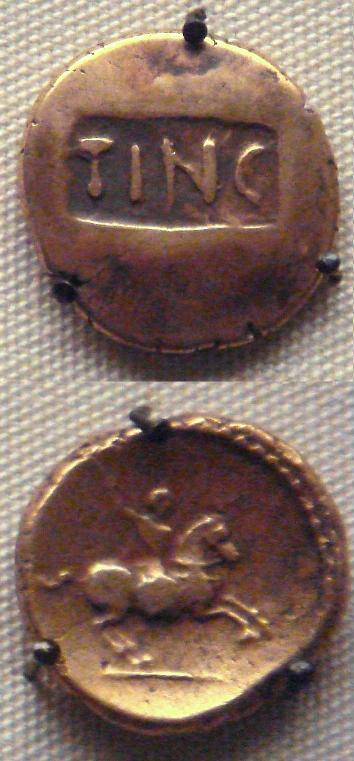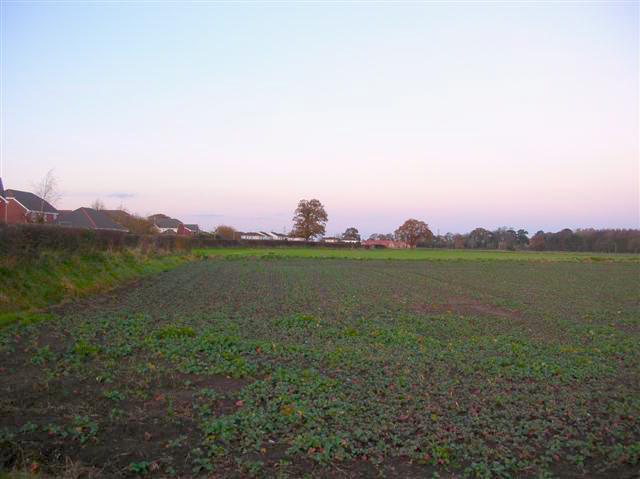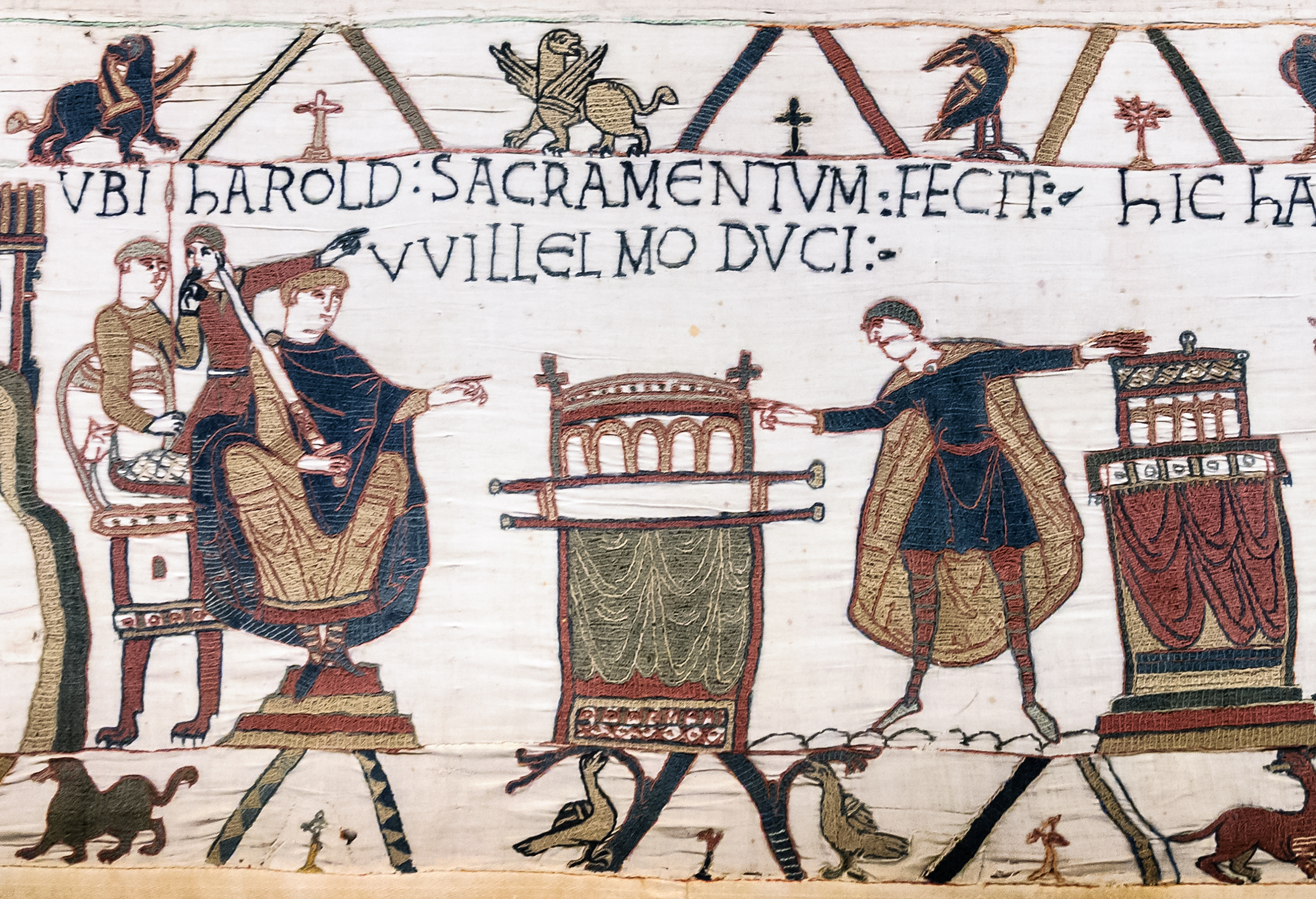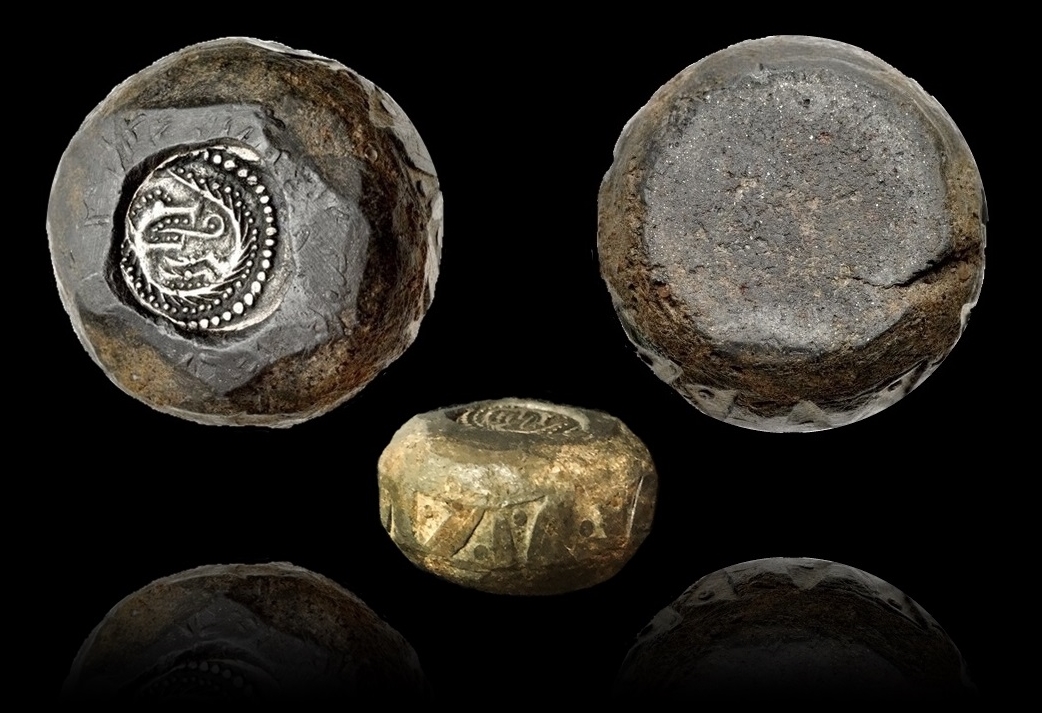|
History Of Sussex
Sussex , from the Old English 'Sūþseaxe' ('South Saxons'), is a historic county in South East England. Evidence from a fossil of Boxgrove Man (''Homo heidelbergensis'') shows that Sussex has been inhabited for at least 500,000 years. It is thought to be the oldest human fossil ever discovered in Britain. Near Pulborough, tools have been found that date from around 35,000 years ago and that are thought to be from either the last Neanderthals in northern Europe or pioneer populations of modern humans. On the South Downs lie Neolithic flint mines that date to around 4000BC, some of the earliest in Europe. The county is also rich in remains from the Bronze Age and Iron Age. Prior to Roman invasions it was occupied by a Belgic tribe called the Atrebates. Togidubnus ruled over much of Sussex when the Roman conquest of Britain began and formed most of the Roman canton of the Regni. The retreat of Roman forces in the 5th century facilitated the landing of migrants from what is ... [...More Info...] [...Related Items...] OR: [Wikipedia] [Google] [Baidu] |
Sussex
Sussex (Help:IPA/English, /ˈsʌsɪks/; from the Old English ''Sūþseaxe''; lit. 'South Saxons'; 'Sussex') is an area within South East England that was historically a kingdom of Sussex, kingdom and, later, a Historic counties of England, county. It includes the Ceremonial counties of England, ceremonial counties of East Sussex and West Sussex. The area borders the English Channel to the south, and the Ceremonial counties of England, ceremonial counties of Surrey to the north, Kent to the north-east, and Hampshire to the west. Sussex contains the city of Brighton and Hove and its wider Greater Brighton City Region, city region, as well as the South Downs National Park and the National Landscapes of the High Weald National Landscape, High Weald and Chichester Harbour. Its coastline is long. The Kingdom of Sussex emerged in the fifth century in the area that had previously been inhabited by the Regni tribe in the Roman Britain, Romano-British period. In about 827, shortly a ... [...More Info...] [...Related Items...] OR: [Wikipedia] [Google] [Baidu] |
Atrebates
The Atrebates (Gaulish: *''Atrebatis'', 'dwellers, land-owners, possessors of the soil') were a Belgic tribe of the Iron Age and the Roman period, originally dwelling in the Artois region. After the tribes of Gallia Belgica were defeated by Caesar in 57 BC, 4,000 Atrebates participated in the Battle of Alesia in 53, led by their chief Commius. They revolted again in 51 BC, after which they maintained a friendly relationship with Rome, as Commius received sovereignty over the neighbouring Morini. The quality of their woollens is still mentioned in 301 AD by Diocletian's Price Edict. An offshoot of the Belgic tribe probably entered Britain before 54 BC, where it was successively ruled by kings Commius, Tincommius, Eppillus and Verica. After 43 AD, only parts of the area were still controlled by king Claudius Cogidubnus, after which they fell under Roman power. Name They are mentioned as ''Atrebates'' by Caesar (mid-1st c. BC) and Pliny (1st c. AD), ''Atrebátioi'' (Ἀ� ... [...More Info...] [...Related Items...] OR: [Wikipedia] [Google] [Baidu] |
Rape (county Subdivision)
A rape is a traditional territorial sub-division of the county of Sussex in England, formerly used for various administrative purposes. Their origin is unknown, but they appear to predate the Norman Conquest of 1066. Historically, the rapes formed the basis of local government in Sussex. There are various theories about their origin. Possibly surviving from the Romano-British era or perhaps representing the shires of the kingdom of Sussex, the Sussex rapes, like the Kentish lathes, go back to the dawn of English history when their main function would have been to provide food rents and military manpower to the king. The rapes may also derive from the system of fortifications devised by Alfred the Great in the late ninth century to defeat the Vikings.Domesdaybook.net: Rape The Sussex rapes each had a h ... [...More Info...] [...Related Items...] OR: [Wikipedia] [Google] [Baidu] |
Battle Of Hastings
The Battle of Hastings was fought on 14 October 1066 between the Norman-French army of William, Duke of Normandy, and an English army under the Anglo-Saxon King Harold Godwinson, beginning the Norman Conquest of England. It took place approximately northwest of Hastings, close to the present-day town of Battle, East Sussex, and was a decisive Norman victory. The background to the battle was the death of the childless King Edward the Confessor in January 1066, which set up a succession struggle between several claimants to his throne. Harold was crowned king shortly after Edward's death but faced invasions by William, his own brother Tostig, and the Norwegian king Harald Hardrada (Harold III of Norway). Hardrada and Tostig defeated a hastily gathered army of Englishmen at the Battle of Fulford on 20 September 1066. They were in turn defeated by Harold at the Battle of Stamford Bridge on 25 September. The deaths of Tostig and Hardrada at Stamford Bridge left William as ... [...More Info...] [...Related Items...] OR: [Wikipedia] [Google] [Baidu] |
Harold Godwinson
Harold Godwinson ( – 14 October 1066), also called Harold II, was the last crowned Anglo-Saxon King of England. Harold reigned from 6 January 1066 until his death at the Battle of Hastings on 14 October 1066, the decisive battle of the Norman Conquest. He was succeeded by William the Conqueror, the victor at Hastings. Harold Godwinson was a member of the most powerful noble family in England, his father Godwin having been made Earl of Wessex by Cnut the Great. Harold, who served previously as Earl of East Anglia, was appointed to his father's earldom on Godwin's death. After his brother-in-law, King Edward the Confessor, died without an heir on 5 January 1066, the ''Witenagemot'' convened and chose Harold to succeed him; he was probably the first English monarch to be crowned in Westminster Abbey. In late September, he defeated an invasion by rival claimant Harald Hardrada of Norway in the Battle of Stamford Bridge near York before marching his army back south to meet Willi ... [...More Info...] [...Related Items...] OR: [Wikipedia] [Google] [Baidu] |
Kingdom Of England
The Kingdom of England was a sovereign state on the island of Great Britain from the late 9th century, when it was unified from various Heptarchy, Anglo-Saxon kingdoms, until 1 May 1707, when it united with Kingdom of Scotland, Scotland to form the Kingdom of Great Britain, which would later become the United Kingdom. The Kingdom of England was among the most powerful states in Europe during the Middle Ages, medieval and Early modern period, early modern periods. Beginning in the year 886 Alfred the Great reoccupied London from the Danish Vikings and after this event he declared himself King of the Anglo-Saxons, until his death in 899. During the course of the early tenth century, the various Anglo-Saxons, Anglo-Saxon kingdoms were united by Alfred's descendants Edward the Elder (reigned 899–924) and Æthelstan (reigned 924–939) to form the Kingdom of the English. In 927, Æthelstan conquered the last remaining Viking kingdom, Scandinavian York, York, making him the first ... [...More Info...] [...Related Items...] OR: [Wikipedia] [Google] [Baidu] |
Kingdom Of Wessex
The Kingdom of the West Saxons, also known as the Kingdom of Wessex, was an Anglo-Saxon kingdom in the south of Great Britain, from around 519 until Alfred the Great declared himself as King of the Anglo-Saxons in 886. The Anglo-Saxons believed that Wessex was founded by Cerdic and Cynric of the Gewisse, though this is considered by some to be a legend. The two main sources for the history of Wessex are the West Saxon Genealogical Regnal List and the ''Anglo-Saxon Chronicle'' (the latter of which drew on and adapted an early version of the List), which sometimes conflict. Wessex became a Christian kingdom after Cenwalh () was baptised and was expanded under his rule. Cædwalla later conquered Sussex, Kent and the Isle of Wight. His successor, Ine (), issued one of the oldest surviving English law codes and established a second West Saxon bishopric. The throne subsequently passed to a series of kings with unknown genealogies. During the 8th century, as the hegemony of ... [...More Info...] [...Related Items...] OR: [Wikipedia] [Google] [Baidu] |
Battle Of Ellandun
The Battle of Ellendun or Battle of Wroughton was fought between Ecgberht of Wessex and Beornwulf of Mercia in September 825. Sir Frank Stenton described it as "one of the most decisive battles of English history". It effectively established West Saxon dominance in southern England. Background During the 8th century and early 9th centuries, the kings of Mercia exercised a fluctuating hegemony over the kingdoms of south-eastern England, imposing their overlordship and at times exercising direct rule. While Wessex had at times been obliged to recognise the overlordship of Æthelbald of Mercia, it appears to have escaped the dominance of the Mercians thereafter and was certainly not subject to the more intrusive forms of Mercian control imposed on other kingdoms. Ecgberht's father Ealhmund had been king of Kent in the 780s, which had brought his family into conflict with the ambitions of Offa of Mercia, who sought to impose direct rule on Kent. After his father's death, Ecg ... [...More Info...] [...Related Items...] OR: [Wikipedia] [Google] [Baidu] |
Haestingas
The Haestingas, Heastingas or Hæstingas were one of the tribes of Anglo-Saxon Britain. Not very much is known about them. They settled in what became East Sussex and its principal town of Hastings, which bears their name, sometime before the end of the 8th century. A 12th-century source suggested that they were conquered by Offa of Mercia, in 771. They were also recorded in the ''Anglo-Saxon Chronicle'' (''ASC'') as being an autonomous grouping as late as the 11th century. States and territories disestablished in the 8th century History The foundation legend of the Kingdom of the South Saxons is given by the ''Anglo-Saxon Chronicle'', which states that in the year AD 477 Ælle arrived at a place called Cymenshore in three ships with his three sons. Traditionally Cymenshore is thought to have been located around the Selsey area, in the south west of Sussex. However the archaeological evidence indicates that the principal area of settlement in the 5th century, for the South Sa ... [...More Info...] [...Related Items...] OR: [Wikipedia] [Google] [Baidu] |
Heptarchy
The Heptarchy was the division of Anglo-Saxon England between the sixth and eighth centuries into petty kingdoms, conventionally the seven kingdoms of East Anglia, Essex, Kent, Mercia, Northumbria, Sussex, and Wessex. The term originated with the twelfth-century historian Henry of Huntingdon and has been widely used ever since, but it has been questioned by historians as the number of kingdoms fluctuated, and there was never a time when the territory of the Anglo-Saxons was divided into seven kingdoms each ruled by one king. The period of petty kingdoms came to an end in the eighth century, when England was divided into the four dominant kingdoms of East Anglia, Mercia, Northumbria, and Wessex. History Although ''heptarchy'' suggests the existence of seven kingdoms, the term is just used as a label of convenience and does not imply the existence of a clear-cut or stable group of seven kingdoms. The number of kingdoms and sub-kingdoms fluctuated rapidly during this period ... [...More Info...] [...Related Items...] OR: [Wikipedia] [Google] [Baidu] |
St Wilfrid
Wilfrid ( – 709 or 710) was an English bishop and saint. Born a Northumbrian noble, he entered religious life as a teenager and studied at Lindisfarne, at Canterbury, in Francia, and at Rome; he returned to Northumbria in about 660, and became the abbot of a newly founded monastery at Ripon. In 664 Wilfrid acted as spokesman for the Roman position at the Synod of Whitby, and became famous for his speech advocating that the Roman method for calculating the date of Easter should be adopted. His success prompted the king's son, Alhfrith, to appoint him Bishop of Northumbria. Wilfrid chose to be consecrated in Gaul because of the lack of what he considered to be validly consecrated bishops in England at that time. During Wilfrid's absence Alhfrith seems to have led an unsuccessful revolt against his father, Oswiu, leaving a question mark over Wilfrid's appointment as bishop. Before Wilfrid's return Oswiu had appointed Ceadda in his place, resulting in Wilfrid's retirement to Ri ... [...More Info...] [...Related Items...] OR: [Wikipedia] [Google] [Baidu] |
Bretwalda
''Bretwalda'' (also ''brytenwalda'' and ''bretenanwealda'', sometimes capitalised) is an Old English word. The first record comes from the late 9th-century ''Anglo-Saxon Chronicle''. It is given to some of the rulers of Anglo-Saxon kingdoms from the 5th century onwards who had achieved overlordship of some or all of the other Anglo-Saxon kingdoms. It is unclear whether the word dates back to the 5th century and was used by the kings themselves or whether it is a later, 9th-century, invention. The term ''bretwalda'' also appears in a 10th-century charter of Æthelstan. The literal meaning of the word is disputed and may translate to either 'wide-ruler' or 'Britain-ruler'. The rulers of Mercia were generally the most powerful of the Anglo-Saxon kings from the mid 7th century to the early 9th century but are not accorded the title of ''bretwalda'' by the ''Chronicle'', which had an anti-Mercian bias. The '' Annals of Wales'' continued to recognise the kings of Northumbria as "Kings ... [...More Info...] [...Related Items...] OR: [Wikipedia] [Google] [Baidu] |





